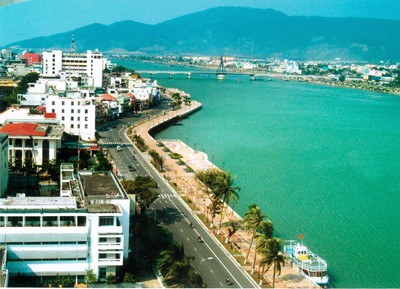 Da Nang city Da Nang city |
Da Nang was Vietnam’s first city to move toward low-CO2 emission and has seen positive results already. In Da Nang, industrial production and transportation are the worst emitters producing 70% of the city’s total CO2. Da Nang has implemented measures aiming to cut CO2 emissions 25% by 2030. It has approved a climate change response plan and emission cuts until 2030 with a Vision to 2050. The World Wildlife Fund named Da Nang a green city. Da Nang’s CO2 emission per capita is only 20 to 50% that of other major cities in the world.
Vietnam is forecast to face problems caused by the growth of its cities. As rapid urbanization will result in high CO2 emissions, the country has developed strategies to tackle the issue.
At a workshop on zero-carbon cities last week, the founder of the Vietnam Energy Efficiency Network Tran Thi Thu Phuong said that with strong commitments from the government, cooperation and support of international organizations, and the advantages of the 4th Industrial Revolution, Vietnam will be able to realize its zero-CO2 goal.
Julia Behrens, Director of the Regional Project on Climate and Energy in Asia, praised the Vietnamese government’s strong commitment to the global effort to reduce carbon emission toward zero-CO2.